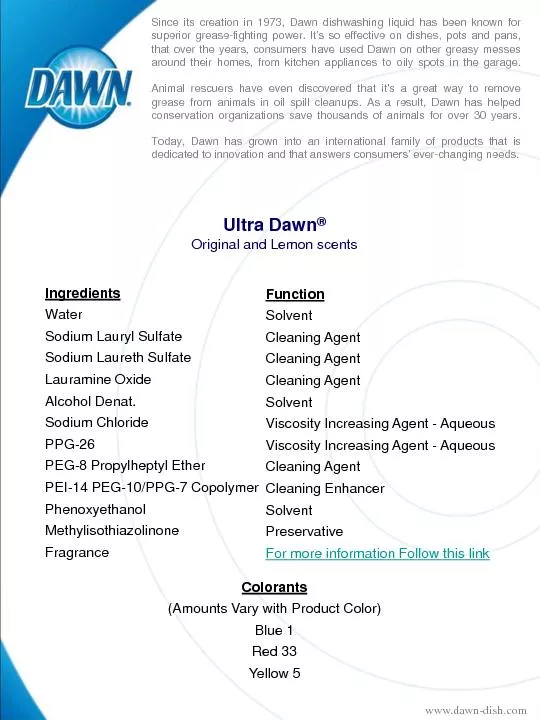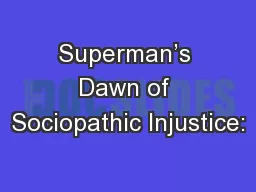PDF-Dawn at CeresPRESS KIT/MARCH 2015
Author : cheryl-pisano | Published Date : 2016-05-19
Top Findings at Vesta Dawn at Ceres About Ceres Ceres Activity Plan Ceres Timeline Structure Telecommunication Ion Propulsion Program Project Management NASA146s
Presentation Embed Code
Download Presentation
Download Presentation The PPT/PDF document "Dawn at CeresPRESS KIT/MARCH 2015" is the property of its rightful owner. Permission is granted to download and print the materials on this website for personal, non-commercial use only, and to display it on your personal computer provided you do not modify the materials and that you retain all copyright notices contained in the materials. By downloading content from our website, you accept the terms of this agreement.
Dawn at CeresPRESS KIT/MARCH 2015: Transcript
Download Rules Of Document
"Dawn at CeresPRESS KIT/MARCH 2015"The content belongs to its owner. You may download and print it for personal use, without modification, and keep all copyright notices. By downloading, you agree to these terms.
Related Documents














